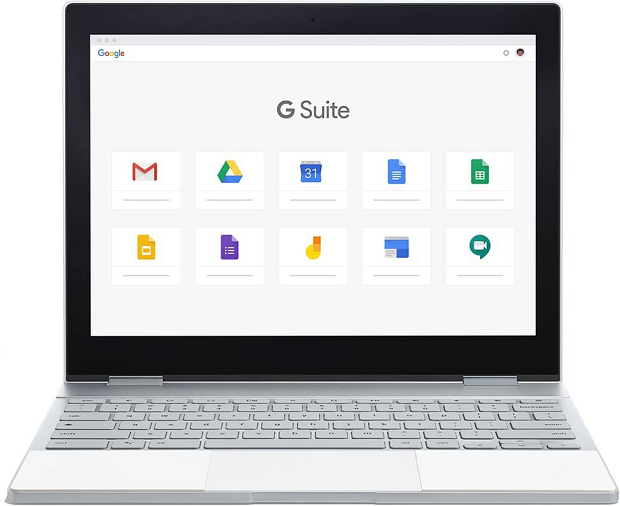“Trust no one.”
So goes the line popularized in the 90s sci-fi TV series The X-Files. This statement should also hold true when it comes to IT security, which is crucial for any company. This is why Trends and Technologies, Inc. (better known as Trends) — which specializes in identifying and developing tech-enabled solutions — offers its clients the full range of ICT services, solutions, and global technology with Check Point.
Secure tandem
Check Point is a multinational provider of both software and combined hardware and software products for IT security. The offerings cover network security, endpoint security, cloud security, mobile security, data security, and security management.
Trends has focused on the cost-effective optimization of this global tech along with the change management that comes with it. Whether you’re a small business or a titanic conglomerate, the company has the expertise and capabilities to ensure the application of Check Point’s security principles.
Zero tolerance
The said principles are all based on the Zero Trust Security model. In her CSO article “What is Zero Trust? A model for more effective security,” Mary K. Pratt notes: “Zero Trust is a security concept centered on the belief that organizations should not automatically trust anything inside or outside its perimeters and instead must verify anything and everything trying to connect to its systems before granting access.”
Check Point affirms that “protecting the security perimeter from cyber threats used to be enough” because “once a user, application or device was inside, it could be trusted.” That has changed since the business environment has expanded and now includes remote workers. That means that companies now have a “perimeter everywhere” setup. The Zero Trust Security model effectively addresses the requirements and challenges that it presents.

7 security principles
That said, here are Check Point’s seven principles based on its Zero Trust security model.
1. Zero Trust People is about enforcing a user-based rule, allowing access to a defined group in the organization. This goes beyond usernames and passwords, which are easily compromised. In fact, stolen credentials are involved in 81% of data breaches. To prevent this, Check Point Identity Awareness grants access to data and other valuable assets to authorized users only after their identities have been strictly authenticated; using Single Sign-On, Multi-Factor Authentication, context-aware policies (e.g. time and geo-location of the connection), and anomaly detection.
Bottom line: Use context-aware authorization to protect against identity thieves.
2. Zero Trust Data is about tracking and protecting the organization’s sensitive data, wherever it is. Check Point guarantees the security of the data as it is shared continuously between workstations, mobile devices, application servers, databases, SaaS applications, as well as across the corporate and public networks.
Bottom line: Classify, protect, and encrypt data wherever it is.
3. Zero Trust Workloads is about securing workloads, in private, public, and hybrid clouds. Check Points provides security for those who are running in the public cloud because these cloud assets (e.g. containers, functions, and VMs) are often subjected to malicious attacks. This covers ever-changing environments — including AWS, GCP, Microsoft Azure, Oracle Cloud, IBM Cloud, Alibaba Cloud, NSX, Cisco ACI, Cisco ISE, OpenStack, and others.
Bottom line: Protect workloads with extended visibility and adaptable policies.
4. Zero Trust Networks is about segmenting your network to protect internal assets from malicious lateral movement. In other words, don’t put all your eggs in one basket. “Microsegmentation is a method of creating secure zones in data centers and cloud deployments that allows companies to isolate workloads from one another and secure them individually. It’s aimed at making network security more granular,” explains Ann Bednarz in a Network World article.
Bottom line: Prevent malicious lateral movement with granular network segmentation.
5. Zero Trust Devices is about securing every device connected to your network. This involves being able to isolate, secure, and control every device on the network (employees’ mobile devices and workstations, iOT devices, and Industrial Control Systems) at all times. Check Point makes it possible to block infected devices from accessing corporate data and assets.
Bottom line: Protect all devices from threats, and isolate them if compromised.
6. Visibility and analytics are the core of any Zero Trust implementation. How can you protect something that you can’t see or understand? This is why Check Point consistently monitors, logs, correlates, and analyzes every activity across a network. It is necessary for the security team to have full visibility of their jurisdiction so they can detect threats in real time.
Bottom line: Quickly detect and mitigate threats with a single view into security risks.
7. Automation and orchestration of security tasks and incident response. It’s all about working smarter. Automated integration with the organization’s broader IT environment is needed in order to enable speed and agility. This also leads to improved incident response, policy accuracy, and easier task delegations. Check Point solutions offer a rich set of APIs to support these goals. Indeed, these APIs help Check Point’s technology partners to develop integrated solutions.
Bottom line: Use APIs to automate security tasks and incident response.
Overall, Check Point’s Zero Trust security model aims to implement a preventive, complete, and efficient system that will ensure maximum productivity for businesses. It is a proactive solution that also has the ability to adapt to any company’s growth.
Ready to scale, but don’t know where to start? Trends is here to guide you. For a free demo, message Trends on Facebook.




